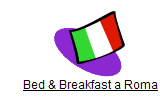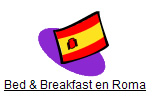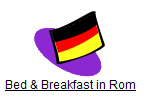







picture gallery, contains some important masterpieces, among others: Romulus and Remus, by Rubens; Cleopatra and Antonius, by Guercino; The Rape of Europe, by Paolo Veronese; St. Sebastian, by Guido Reni; St. Petronilla, by Guercino; Magdalene, by Tintoretto; portraits by Van Dyck, etc. SANTA MARIA IN ARACOELI rises on the highest point of the Capitol, site of the Rock or Citadel of Rome. A legend relates that Augustus raised an altar here to the "Son of God", to recall the oracle of the Sibyl about the coming of the Saviour. This church inherited the glory of the ancient Capitol; it became the national church of the nobility and people of Rome, the principal seat of the medieval Senate, whence the laws of Rome were proclaimed. The "Capitoline Basilica" is very picturesque with its secular relics, its tombs, its frescoes, its gilded ceiling and ancient trappings. It originally belonged to the Greek monks, then to the Benedictine Fathers until 1250, when it was given to the Franciscans. It is reached by a staircase of 124 steps that was built in 1348 as an offering to the Blessed Virgin for freeing Rome from the plague. High up is the (incomplete) brick facade, with traces of late 2nd century mosaics on the upper right. We enter by a side door, above which is the most lovely 13th century mosaic depicting the Madonna and Child and two angels. The nave has twenty-two columns made from different materials, taken from various pagan temples. The third column on the left bears the inscription A cubicolo Augustorum.
The elaborate sixth-century gold-coffered ceiling was built to celebrate the triumph of Marcantonio Colonna, who in 1571 led the Christian fleet to victory over the Turks in the famous Battle of Lepanto.
testo